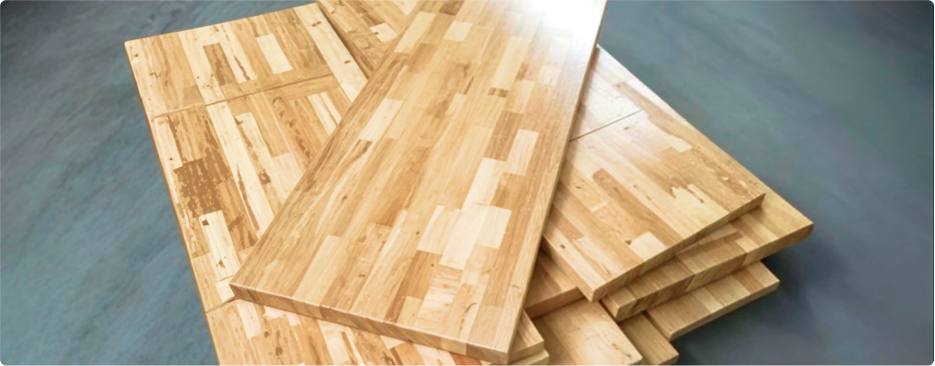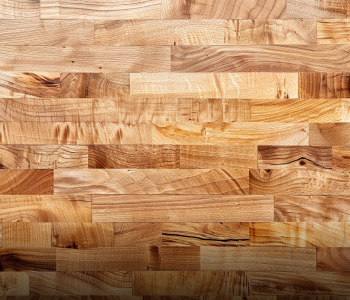Need reliable panels? Explore Maxhill Group’s superior wood panel products; trusted importers and suppliers for strength, precision, and performance! From MDF boards to a comprehensive range of plywood including flexible plywood, calibrated plywood, packing plywood, and commercial plywood; and finger joint boards, oriented strand boards (OSB), and PVC foam boards, our panels are engineered for excellence. Whether you’re shaping elegant furniture, crafting modular interiors, or designing for durability, Maxhill’s wood panels deliver the perfect blend of form and function. Choose smarter. Build better. With Maxhill’s trusted wood panel solutions.
Buy high-performance plywood, MDF, OSB, and finger joint boards from Maxhill Group, leading importers and distributors of trusted quality across India.
























